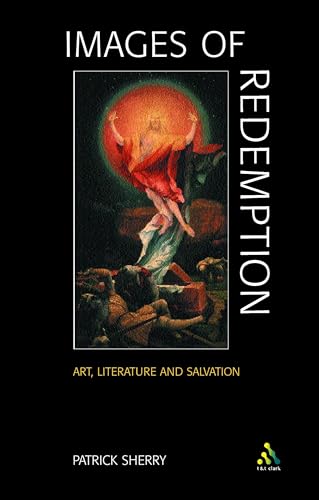COMMUNITY FORMATION IN THE EARLY CHURCH AND IN THE CHURCH TODAY
Written by Richard Longenecker (ed.) Reviewed By Mark GignilliatCovering a gamut of issues pertaining to community formation, or ‘church order’, this volume provides a valuable resource for those intrigued by either the historical development of church order or the theological underpinnings of church order today (or better yet, both). A quick glance at the various modes of church order in today’s existing ecclesiastical groups should at least cause one to pause and question.
The volume is divided into four constituent parts. Firstly, the social context of early church community formation is addressed. Representative of this particular inquiry are articles by Richard Ascough on Greco-Roman voluntary associations, Alan Segal on the Jewish experience and background to community formation, and Peter Richardson on the role of architecture or building design in the early church. Quite naturally the volume turns, secondly, to the NT. Craig Evans tackles ministry and ministry formation in the life of Jesus as displayed in the gospels. Richard Longenecker examines Paul’s contribution to community formation with special emphasis on the centrality of the gospel and the necessity of conceptualising the gospel in different social situations. The Acts of the Apostles is addressed by Scott Bartchy while I. Howard Marshall explores the Pastoral Epistles with a seasoned eye.
From the NT and NT background, Longenecker’s volume moves into the development of church order within the ante-Nicean periods with two fine articles by Alan Hayes and Frances Young. Hayes specifically addresses Christian ministry in three cities of the Western Empire in 160–258 AD. Those cities are Lyon (Iraneus), Carthage (Tertullian), and Rome (Eusebius, Justin, and Hippolytus). Hayes stresses that before Cyprian of Carthage (248 AD), Christians met in house churches with their common life defined by prayer, study, social service, and community meals. The elders, or individuals who had spent years in study and often confessed faith before persecutors, kept the community grounded in orthodox teaching. Also, episkopoi are named during this time but are not distinguished from elders. With Cyprian, however, the situation changed. By appealing to the OT Levitical tradition, Cyprian argued that the priests and Levites were types of the new covenant bishop and presbyter with the result that community formation under Cyprian’s tutelage became more structured and defined. Following on the heels of Hayes, Frances Young gives special attention to a portrait of Basil of Caesarea (a portrait painted by Gregory of Nazianzus) and to the Apostolic Constitutions (4th century). What is of special note is Young’s highlighting of character, not role or function, as the central feature in the life of the Bishop. Also, Young’s interesting interpretation of the elders of 1 Timothy 3 as senior Christians who had close association with the apostolic tradition and are not to be identified with the episcopate is worth a close look.
The book ends with three chapters given to church order in today’s world. John Webster’s lucid and penetrating article is worthy of a double read as he gives a dogmatic account of an evangelical theology of the episcopacy. David Hester pursues the Reformation maxim, ecclesia reformata semper reformanda (the church reformed and always in need of being reformed) and its implications for the church today. The volume is brought to completion with Miroslav Volf’s defence of free-church ecclesiology with express attention given to the church as image of the divine Trinity.
An edited volume covering so much ground only scratches the surface of this most important of ecclesiastical issues. One may feel, as this reviewer did, the unfortunate discontinuity between the beginning chapters and the latter chapters. This raises the thorny issue of the relationship between dogmatics and exegesis. The volume, however, is a welcome one and at the least points the reader in the right direction of exploring the theology of community formation in the church.
Mark Gignilliat
Beeson Divinity School







